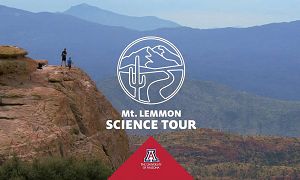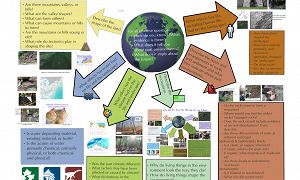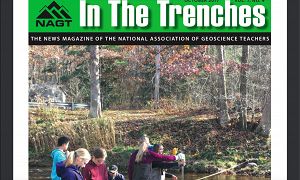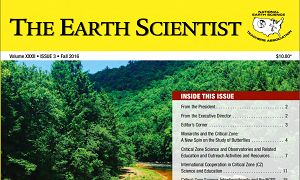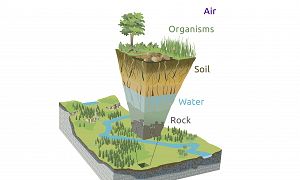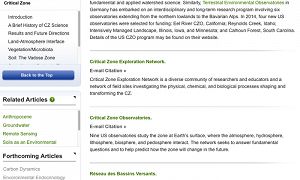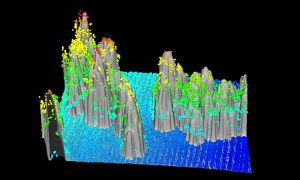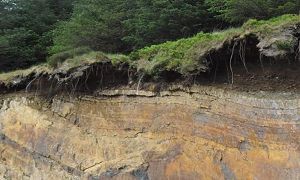Investigate how African dust storms transport particles with a unique chemical signature to downwind Caribbean Islands. Download rainwater chemistry data and look for seasonal patterns of Ca inputs. Interpret how this Ca compares with seasonal patterns of Saharan airflow and dust inputs.
Educational Objectives
The objectives of this activity are to demonstrate that:
-
Earth’s ecosystems and Critical Zones are inextricably linked via feedback processes, and,
-
nutrients that feed ecosystems can be derived from outside the system.
NGSS Crosscutting Concepts:
Patterns •
Systems and System Models •
Stability and Change
NGSS Science & Engineering Practices:
Analyzing and Interpreting Data
NGSS Disciplinary Core Ideas:
LS2 - Ecosystems: Interactions, Energy, and Dynamics •
ESS2 - Earth’s Systems
Audience: Higher Education
Observatory:
Luquillo CZO
Author: Adam Wymore (Luquillo CZO, Univ New Hampshire) Nick Guy (University of Wyoming), William H. McDowell (Luquillo CZO, Univ New Hampshire)
Funding: NSF CZO
